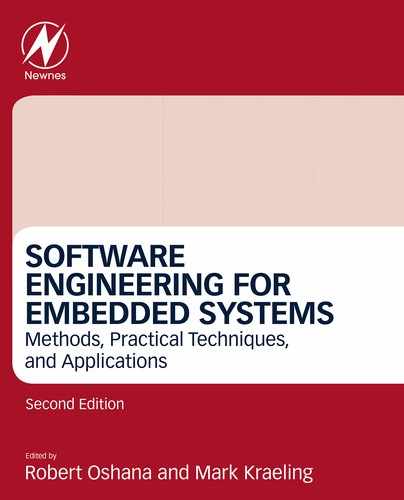Book Description
Software Engineering for Embedded Systems: Methods, Practical Techniques, and Applications, Second Edition provides the techniques and technologies in software engineering to optimally design and implement an embedded system. Written by experts with a solution focus, this encyclopedic reference gives an indispensable aid on how to tackle the day-to-day problems encountered when using software engineering methods to develop embedded systems. New sections cover peripheral programming, Internet of things, security and cryptography, networking and packet processing, and hands on labs. Users will learn about the principles of good architecture for an embedded system, design practices, details on principles, and much more.
- Provides a roadmap of key problems/issues and references to their solution in the text
- Reviews core methods and how to apply them
- Contains examples that demonstrate timeless implementation details
- Users case studies to show how key ideas can be implemented, the rationale for choices made, and design guidelines and trade-offs
